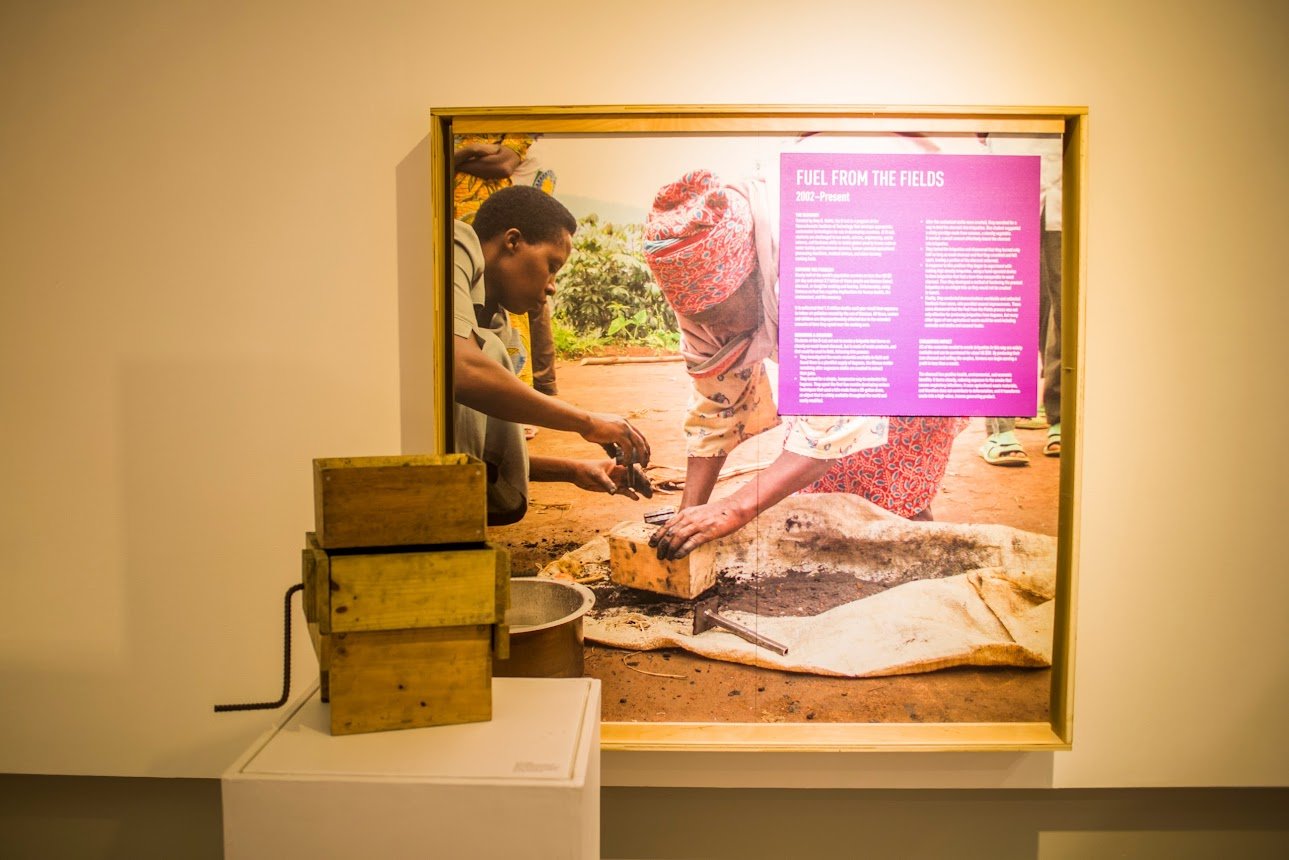DESIGN FOR SOCIAL IMPACT
May 14 - August 3, 2014
In the late 19th and early 20th centuries, design was seen as a tool for social good. The Constructivist movement asserted that design was a means of creating a better world through the production of “a new thing for the new life” in post-revolutionary Russia. The Modernists associated with De Stijl, a Dutch movement, held similar beliefs, and so did the Bauhaus School in Germany.
But by the second half of the 20th century, design was considered a commercial tool. Even the word “design” was used more commonly in relation to an object’s aesthetic appearance. During this period, many designers devoted their time and talents solely to the creation of stylish objects for elite consumers.
When MODA presented Design for Social Impact, the concept of design had shifted significantly over the previous decade, becoming increasingly broad. More and more designers had started using their skills to solve a wide range of problems and address the needs of the six billion people on earth who did not have access to food, shelter, or clean water. They also sought to improve the lives of people living with disabilities.
Because the design process is an effective way to develop unexpected (yet highly successful!) solutions to complex problems, it can be used to resolve issues in agriculture, healthcare, shelter, education, community, energy, and more.
Design for Social Impact demonstrated the powerful nature of design is a applied to a wide variety of challenges. Within the galleries, 24 objects were highlighted; each was an example of how architects, teachers, students, doctors, corporations, and everyday people use the design process to develop solutions to complex problems. Their solutions were not always successful, and their work was not always complete. But learning by failing is an important part of the design process and can even help to emphasize the importance of discovering real human needs, understanding context, brainstorming solutions, and finally, testing these solutions on the real world.
This exhibition was curated by Katie Simms









